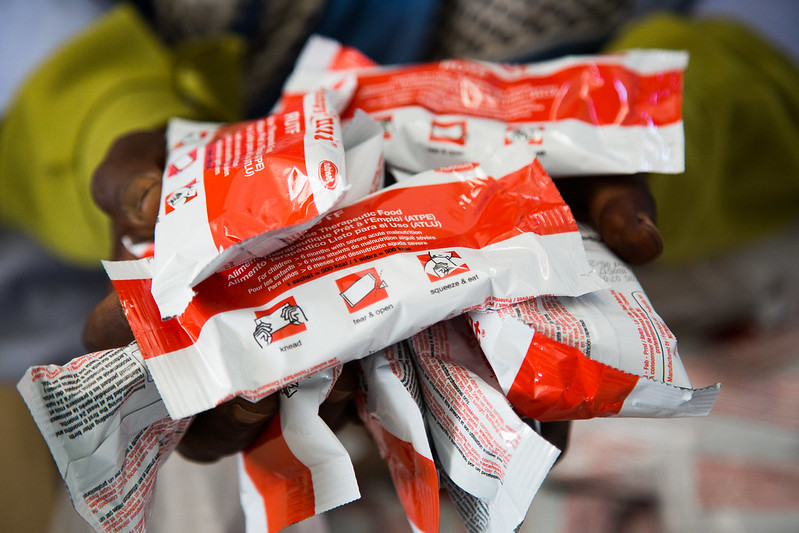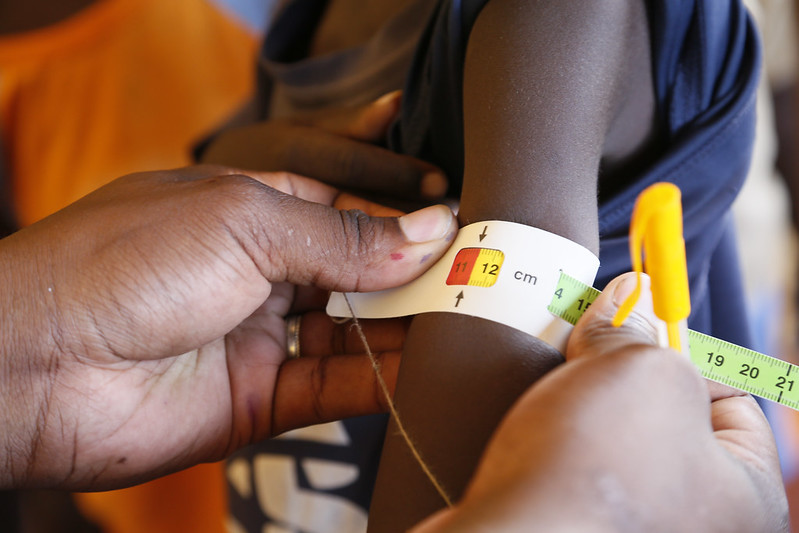“Wasting is the most lethal form of undernutrition, affecting an estimated 50 million children around the world: the youngest, the poorest, and the ones left behind by development efforts. Wasting makes a child eleven times more likely to die from other illnesses, making it a major contributing factor to child mortality,” said Kerrie Barker, Global Forum Youth Advisory Board member, as she introduced the session No Time to Waste at the Global Forum for Children and Youth 2021.
Most of the children that suffer from wasting live in Africa or Asia with South Asia being the region with the highest prevalence, according to the UN report The State of Food Security and Nutrition in the World (SOFI 2021). The report projects that the situation will worsen in the coming years, as the immediate effects of the Covid-19 pandemic are manifested first with this acute condition in children.
Based on the session No Time to Waste, this article aims to describe the condition of child wasting and its drivers and causes. The article also aims to highlight important areas that need to be considered moving forward to ensure that affected children get the treatment they need. Ultimately, child wasting may be prevented altogether.
What is child wasting?
“Wasting is basically when a child becomes too thin,” explains Dr. Marco Kerac, Associate Professor in Public Health Nutrition at London School of Hygiene and Tropical Medicine. He explains how the condition results from poor nutrient intake and/or illness. A growing child, he says, needs a variety of nutrients to ensure normal developmental growth and general health. When the balance between the child’s nutritional requirements and the nutrition available to the child becomes unbalanced, the child’s body will start using the fat-and protein reserve and become dangerously thin. Dr. Helen Young, Research Director and Professor at Tufts University, continues by highlighting the vicious cycle between poor diet and illness that exacerbates wasting in a child. She emphasises how illness can lead to poor nutrient uptake, which, in turn, leaves the child more vulnerable to illness, stressing that “this relationship between diet and disease is really critical and both important principal reasons for a child becoming wasted.” Dr. Young also explains that wasting is worse at certain times of the year and highlights the need to better understand the seasonality of wasting.
Dr. Kerac brings up the effects of wasting on children’s life across the life cycle. He explains that child wasting may lead to children not developing their full developmental- or educational potential. He continues by saying that evidence also suggests that early child wasting can lead to non-communicable diseases in adults, such as heart disease and diabetes.
Child wasting also has intergenerational effects, as highlighted in the Global Action Plan on Child Wasting (the GAP Framework) – an action plan to tackle child wasting developed by several UN agencies. While recognising that preventing malnutrition is crucial for women’s health and well-being, the GAP Framework brings to the fore the potential for undernourishment to be perpetuated across generations:
”Undernourished girls have a greater likelihood of becoming undernourished mothers, who in turn have a greater chance of giving birth to low birthweight babies, perpetuating an intergenerational cycle of malnutrition”.
“There are two basic ways that we measure wasting,” continues Dr. Kerac. He describes how the child’s weight is measured against their height or, in the case of small children, to how long they are. These measures are then compared to the weight and height of a healthy child in the relevant age bracket. The second way child wasting is measured, he explains, is by measuring the child’s mid-upper arm circumference. Whereas it in a well-nourished child is about 16cm, a malnourished child’s mid-upper arm circumference is, by contrast, approximately 11.5cm or, as Dr. Kerac says, “just a bit bigger than a British two-pound coin.” Both measurements have proven useful, but the latter method is a straightforward and quick way to identify wasting in children.

